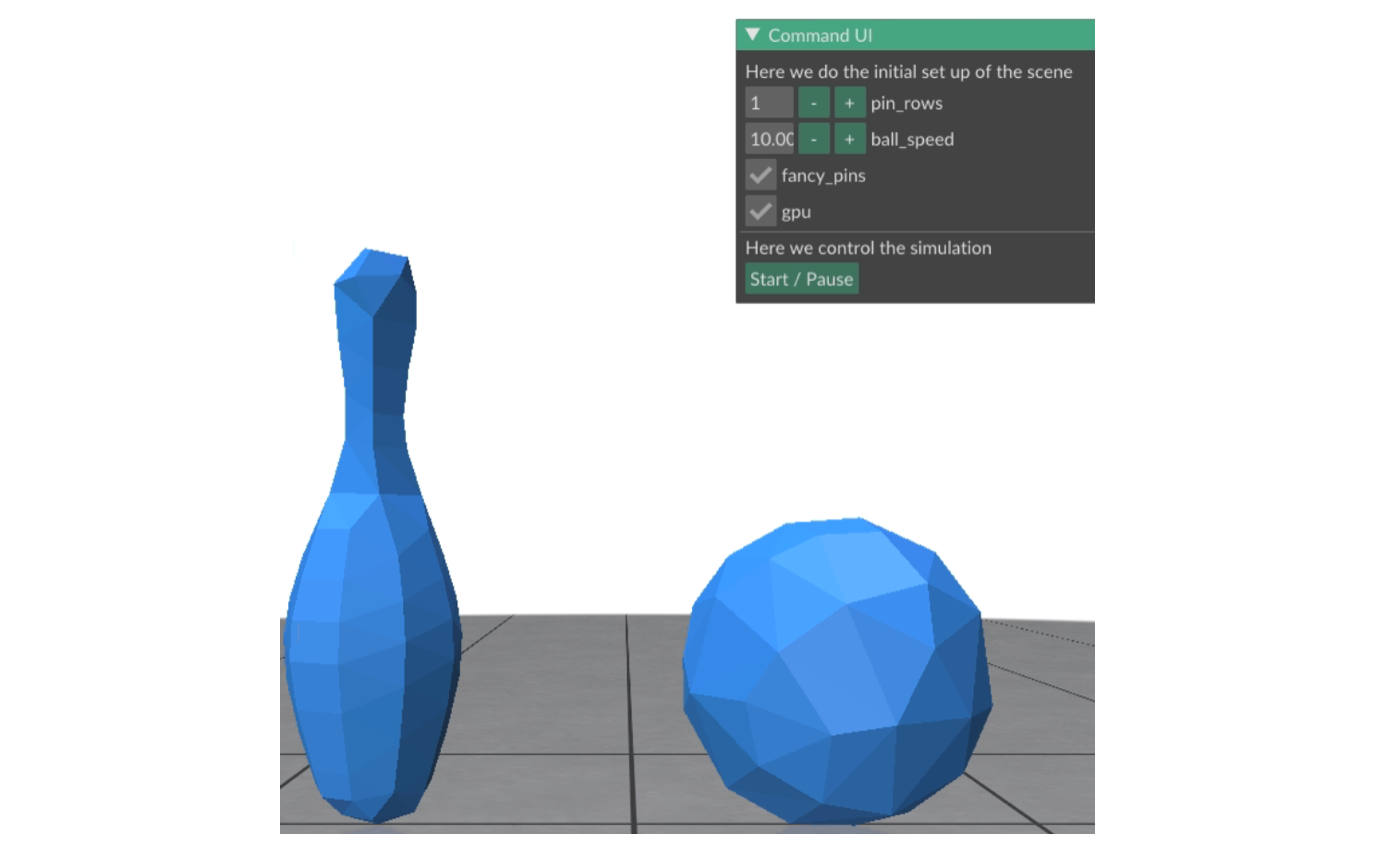Timur Levent KesdoganI am currently visiting the Computational Imaging Lab at Stanford University for my Master thesis. My advisors are Dr. Guandao Yang and Prof. Gordon Wetzstein. I am a Master's student at ETH Zurich, where I am majoring in Visual and Interactive Computing. My minor is in Machine Learning. Before coming to ETH, I completed undegraduate degrees at RWTH Aachen in Germany and the University of Cambridge in the UK. Over the past year, I have had the incredible opportunity to work with the Interactive Geometry Lab at ETH Zurich, supervised by Peizhuo Li and Dr. Maria Korosteleva and advised by Prof. Olga Sorkine-Hornung. This resulted in contributions to GarmentCodeData and Neural Garment Dynamics that I co-presented at EUROGRAPHICS 2024. |

|
ResearchMy interests lie at the intersection of Computer Graphics and Machine Learning, specifically generalizable and manipulable methods for 3D generation and simulation. My recent work has been in the domain of garment simulation and reconstruction. |

|
AIpparel: A Large Multimodal Generative Model for Digital GarmentsKiyohiro Nakayama*, Jan Ackermann*, Timur Levent Kesdogan*, Yang Zheng, Maria Korosteleva, Olga Sorkine-Hornung, Leonidas Guibas, Guandao Yang, Gordon Wetzstein submitted to conference, 2024 pdf / website / AIpparel is a multimodal generative model for digital garments trained by fine-tuning a large multimodal model on a custom sewing pattern dataset using a novel tokenization scheme for these patterns. AIpparel generates complex, diverse, high-quality sewing patterns based on multimodal inputs, such as text and images, and it unlocks new applications such as language-instructed sewing pattern editing. The generated sewing patterns can be directly used to simulate the corresponding 3D garments. |

|
GarmentCodeData: A Dataset of 3D Made-to-Measure Garments With Sewing PatternsMaria Korosteleva, Timur Levent Kesdogan, Fabian Kemper, Stephan Wenninger, Jasmin Koller, Yuhan Zhang, Mario Botsch, Olga Sorkine-Hornung ECCV, 2024 pdf / code / dataset / GarmentCodeData contains 115,000 data points that cover a variety of designs in many common garment categories: tops, shirts, dresses, jumpsuits, skirts, pants, etc., fitted to a variety of body shapes sampled from a custom statistical body model based on CAESAR, as well as a standard reference body shape, applying three different textile materials. |

|
Neural Garment Dynamics via Manifold-Aware TransformersPeizhuo Li, Tuanfeng Y. Wang, Timur Levent Kesdogan, Duygu Ceylan, Olga Sorkine-Hornung EUROGRAPHICS, 2024 pdf / code / website / youtube / We model the dynamics of a garment by exploiting its local interactions with the underlying human body. Specifically, as the body moves, we detect local garment-body collisions, which drive the deformation of the garment. At the core of our approach is a mesh-agnostic garment representation and a manifold-aware transformer network design, which together enable our method to generalize to unseen garment and body geometries. |
Education |

|
ETH ZurichDepartment of Computer Science Master of Science Major in Visual and Interactive Computing, Minor in Machine Learning September 2022 - current |

|
RWTH AachenDepartment of Computer Science Bachelor of Science Thesis: Learning Guiding Fields for Dual Loops on 3D Shapes October 2019 - September 2022 |

|
University of CambridgeDepartment of Economics Bachelor of Arts Thesis: Population Dynamics and Automation October 2016 - July 2019 |
Other ProjectsThese include coursework, side projects and unpublished research work. |

|
Bowling simulation using Projective Dynamicsproject 2023-12-15 code / We implement Projective Dynamics to simulate a customizable bowling game. |

|
Verifier for FC and CNN Neural Networksproject 2023-11-30 code / This project implements a verifier for fully-connected and convolutional neural networks using DeepPoly convex relaxation, and is implemented in Python using PyTorch. |

|
PyTorch implementations for libiglproject 2023-05-30 code / libigl is a very useful library for handling geoemtry processing tasks. However, it lacks parallalization. I implement some of the most useful methods using pytorch and its parallelization capabilities. |
|
Design and source code from Jon Barron's website |